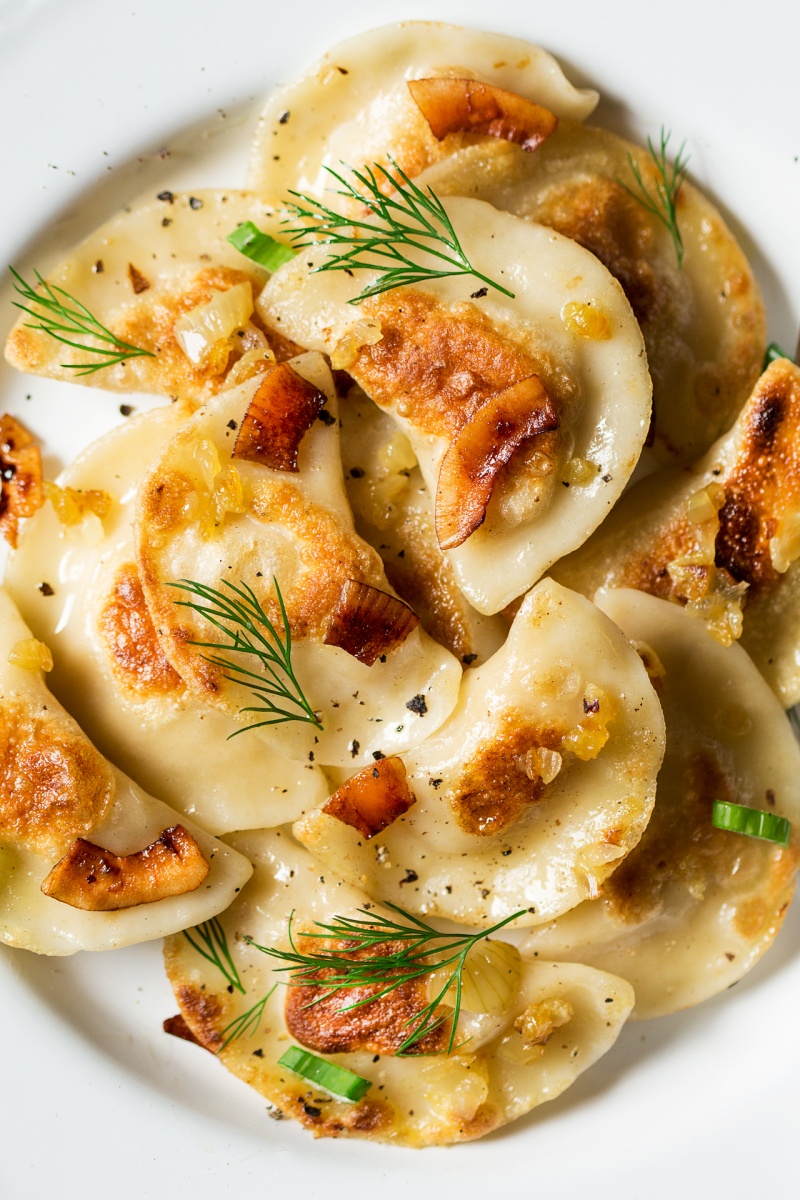
I don’t know if you have ever had a chance to try Polish pierogi, but they are one of my favourite winter comfort foods, so I’ve decided that it is high time for this recipe. As I mentioned several times before, my Gran was a pierogi master in our house and, as she lived downstairs from us and looked after us when my parents were working, I ate heaps of delicious pierogi as a child. In fact, pierogi remind me of my Gran so much that whenever I make a batch myself I suddenly miss her a little bit more.
As they are perfect winter food, I ‘open’ a pop-up pierogarnia (a place that specialises in pierogi) in my kitchen every winter – something that makes Duncan super happy as he is a massive vegan pierogi fan too.
The Poles, as well as Russians (who call their dish pielmieni) and Italians (whose world famous ravioli needs no introduction) all ‘stole’ the idea of wrapping a filling in a piece of thin elastic dough and boiling it from the Chinese. It’s quite ironic as many Polish people consider pierogi to be a quintessentially Polish dish.
Pierogi proves that things get better when cultures collide, mingle and feed off each other and this notion of ‘traditional’ Polish (or any other country’s) cuisine is a bit of myth. Unless we build a wall (I know some people are dead set on this 😉 ) around ourselves and never leave the house, we are bound to be challenged and influenced by other peoples’ ideas, customs and habits and, in my humble opinion, this is what makes life truly interesting…
Anyway, I digress, my apologies. Back to pierogi, so traditionally Ruskie (which is what we call them in Poland) pierogi are topped with lardons and / or fried onion. I obviously always go for the latter, but recently a new idea struck me and I decided to see what they will taste like with…wait for it…coconut bacon 🙂 . I know, I know, it’s a little unorthodox of me, but hey, when you are vegan you are by definition not very traditional anyway, so the horse has already bolted on that one 🙂 . I think it really works well as coconut bacon doesn’t really taste of coconut at all. It tastes salty and smokey with a hint of sweetness, a perfect contrast to the savoury potato and ‘cheese’ filling. Smacznego!

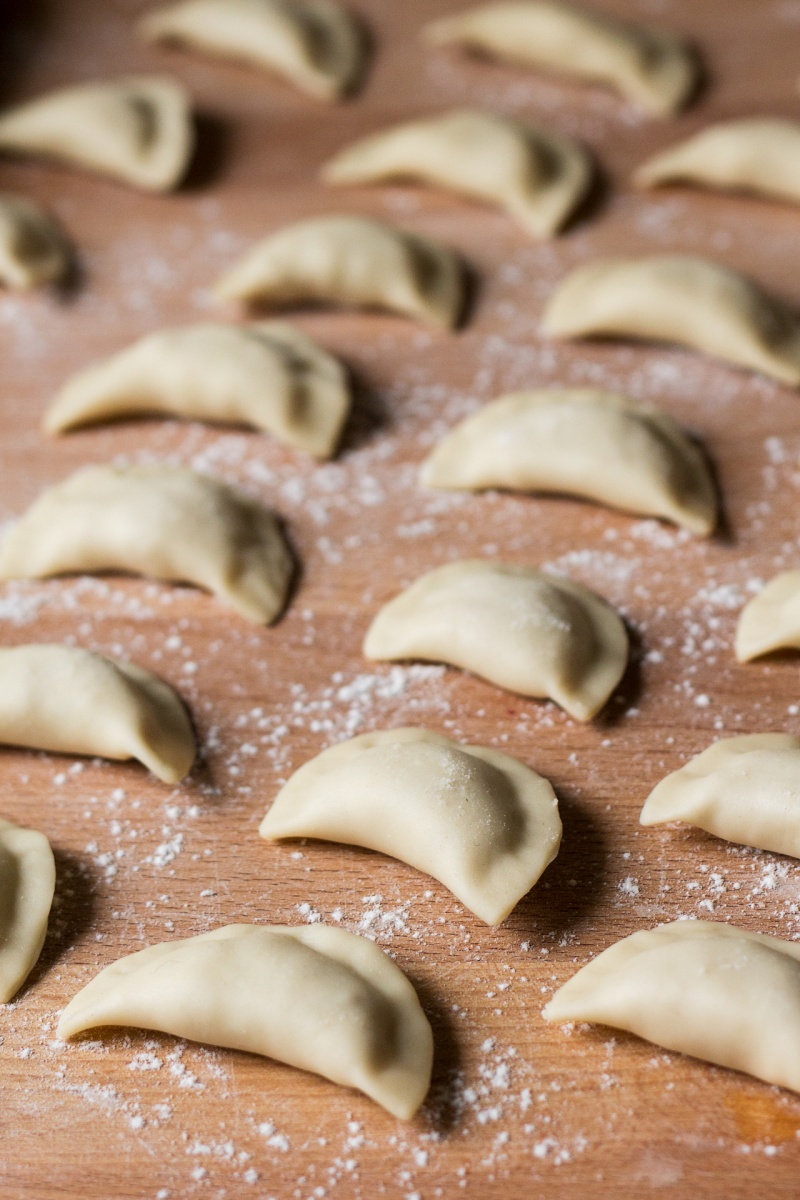
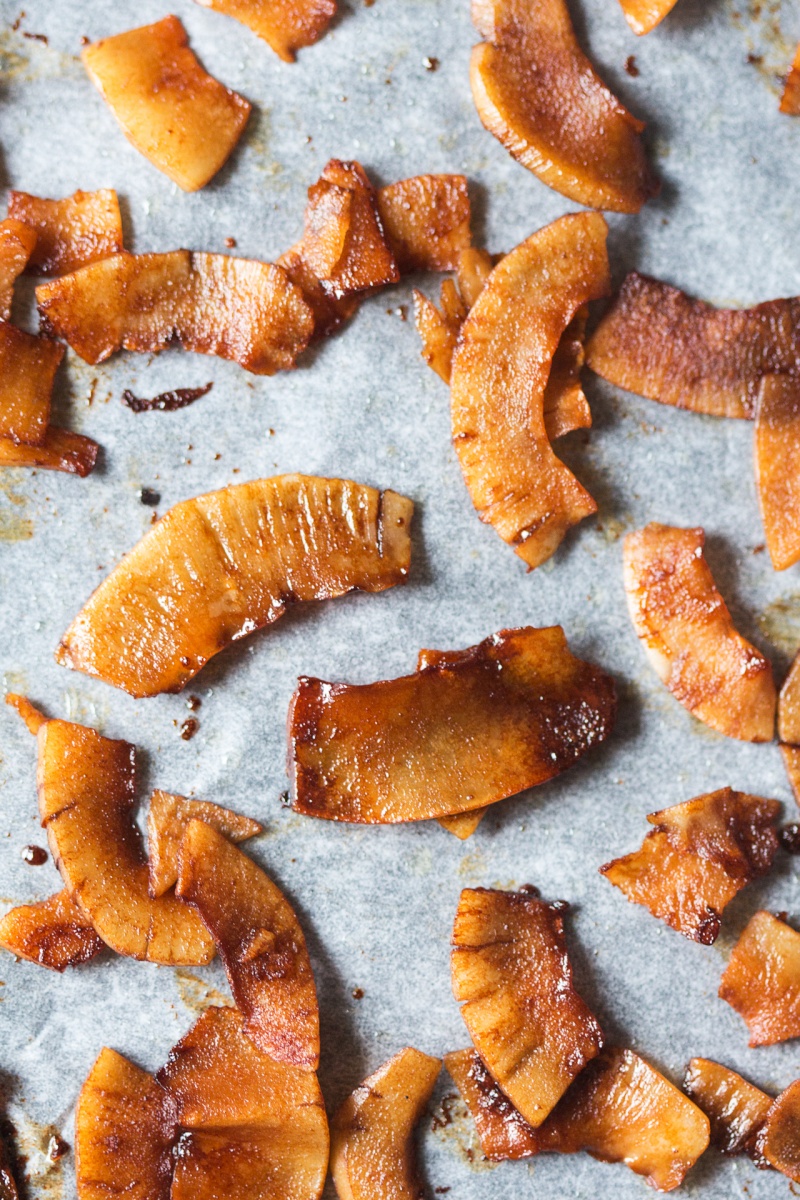
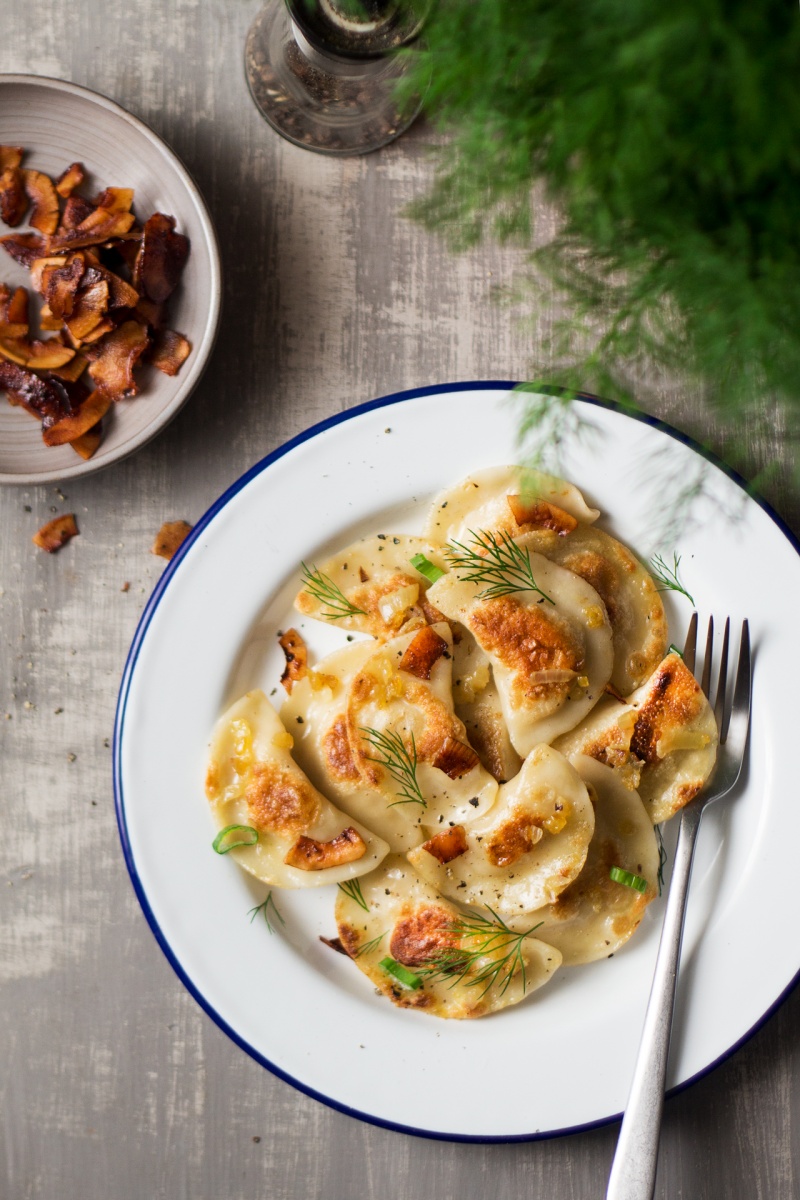
FILLING
- 600 g / 1.2 lb potatoes (cooked the day before)
- 1 cup vegan ricotta (made the day before)
- 2-3 tbsp lemon juice
- 1¼ tsp salt
- 3 medium white onions, diced finely
- ½ tsp freshly ground pepper
- freshly grated nutmeg (optional), to taste
DOUGH
- 500 g / 4 cups flour
- 240 ml / 1 cup hot water
- 60 ml / ¼ cup reduced aquafaba
- 1½ level tsp sea salt
- 30 ml / 2 tbsp olive oil
COCONUT BACON (optional)
- 1½ cup (loosely packed) raw coconut flakes
- 2 tsp olive oil
- 1 tbsp maple syrup
- ½ tsp liquid smoke (I use hickory flavour)
- 3 tbsp soy sauce
- Heat up the olive oil in a medium pan. Gently fry diced onions until translucent and lightly caramelised. Some of them will go into the filling and the rest will be used as topping.
- Put cooked potatoes through a potato ricer. It is best to cook them the day before as it will make the filling hold together better.
- In a bowl, combine mashed potatoes, vegan ricotta and about a ½ cup of sauteed onions. Season with salt, pepper, lemon juice and nutmeg (if you like). Mix in very well and set aside.
DOUGH
- In a mixing bowl, combine flour and salt. Add ¼ cup of the aquafaba and 2 tbsp of olive oil. Mix well and add about 1 cup of hot water. Once combined roughly with a wooden spoon, start bringing the dough together with your hands. If after a little bit of kneading the dough isn’t holding together (initially it’s supposed to be a bit dry to the touch but hold together), it may need a bit more hot water. It is very important to add the water in very small amounts as too much water will negatively affect the dough. Knead it for about 5-10 minutes with your hands (after kneading the dough should become very smooth and elastic, but not sticky) and then set aside for 30 minutes under a damp kitchen towel so that the dough doesn’t dry up.
- Once the dough has had a chance to rest, grab 1/6 of the dough and roll it out with a rolling pin on a lightly floured surface. You want it to be about 1-2 mm thin; the thinner the dough, the tastier the dumplings. With a cookie cutter or an upside down glass, cut out circles in the dough. Place a heaped teaspoon of the filling in the centre of each circle, fold the circle in half and press the edges of the semi-circle together with your fingers. Go over each dumpling twice to make sure everything is sealed completely. Put the finished dumplings on a lightly floured surface and cover them with a damp kitchen towel while making the rest so that they don’t dry out. Continue in the same way until you’ve used up all of the dough or the filling.
- Bring a medium pot of water to boil. Once the water is boiling, throw in 10 dumplings at a time and from the moment the water comes to the boil again cook for 5 minutes (depending on how thick your dough is). Once the time is up, fish them out with a slotted spoon and place on a clean plate. Put a new batch in until you have cooked them all.
- OPTIONAL STEP: Heat up a little olive oil in a pan and place the cooled-down (they should be cold!) dumplings in the pan. Turn them after they’ve browned on one side. Make sure you don’t overcrowd the pan.
- Whilst you are frying your dumplings, warm up the rest of your sauteed onion, season it with salt and pepper and serve with your dumplings.
COCONUT BACON* (optional)
- Heat up the oven to 100° C / 210° F and line a baking tray with a piece of baking paper.
- In a bowl, mix olive oil, maple syrup, liquid smoke and soy sauce together.
- Coat coconut flakes in the marinade and marinate for 10-20 mins.
- Spread marinated coconut flakes on the prepared baking tray making sure individual pieces do not overlap or touch (as much as possible). I did them in two separate batches as the more room they have, the more crispy they will be.
- Bake for about 15-20 minutes. ‘Bacon’ flakes will get more crispy as they cool. Store in an air-tight container.

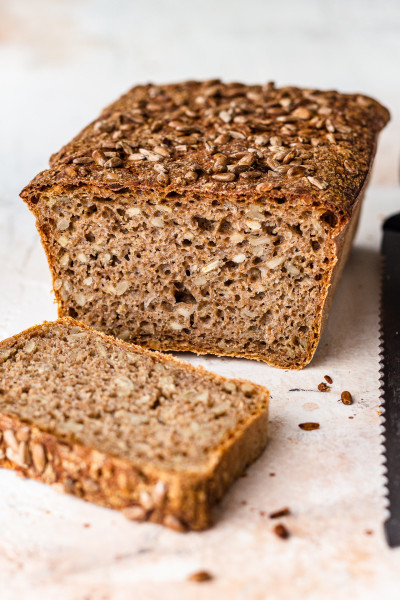
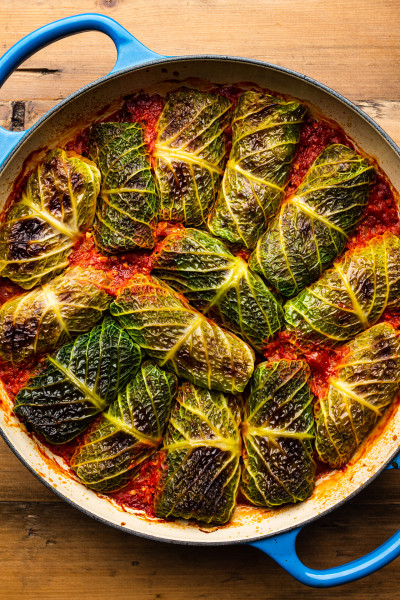
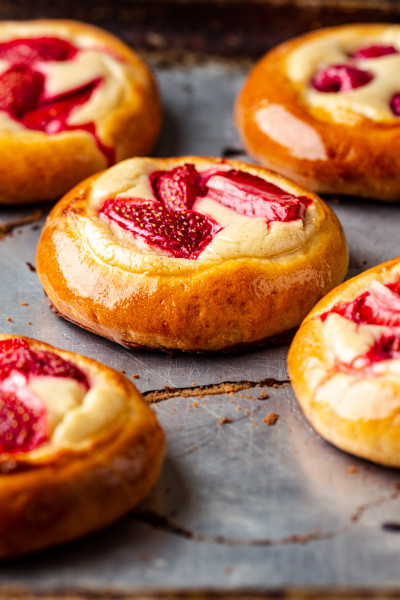
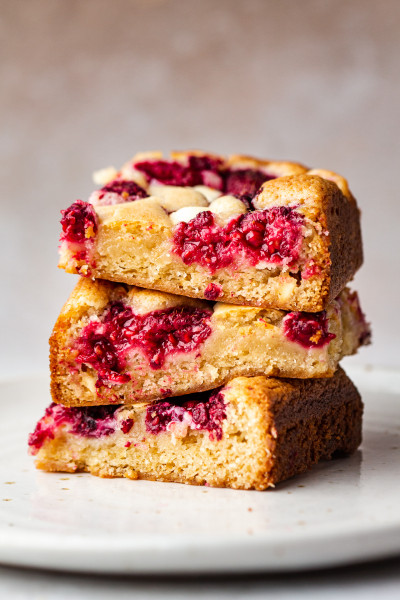
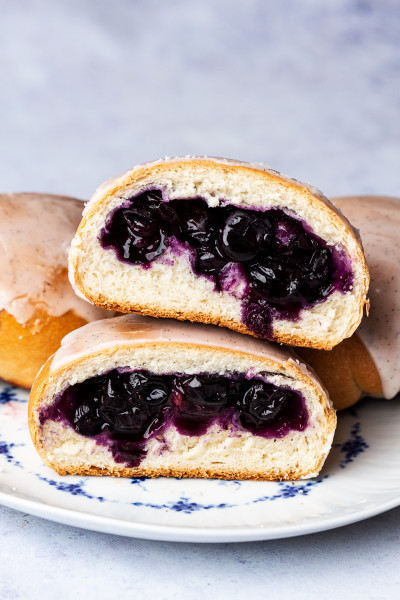
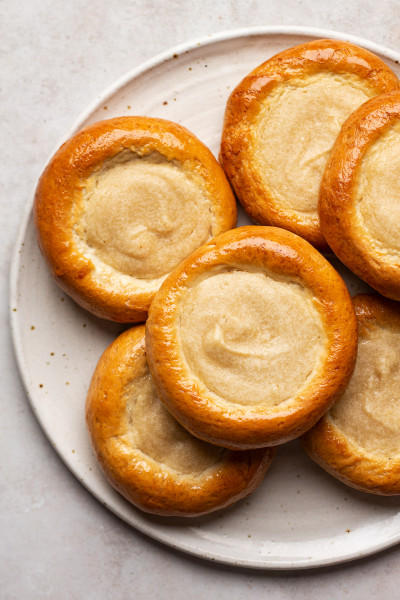
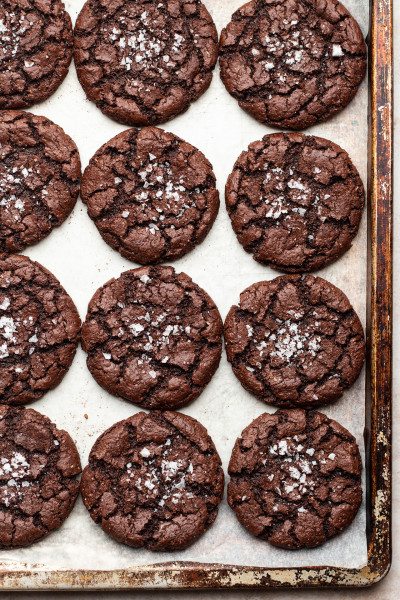
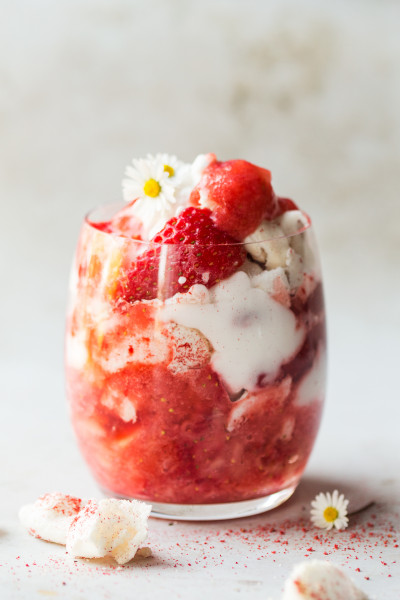
Aw, thank you for your kind words, that's so nice to hear. I have made a sweet cheese filling for these sweet cheese rolls and I am pretty sure it would work, but you will need to make it a lot drier as it is designed to withstand high oven temperature (which causes it to dry out and shrink). I would add as little moisture as you can get away with and even then maybe drain overnight. Hope this helps and Wesolych Swiat to you too! x Ania
In cooking, reduced means simmered without a lid so that excess water evaporates and the substance that is being reduced becomes thicker. I meant 60 ml / 1/4 cup after reduction. You can start off with 1/2 cup and reduce it by half, hope this helps! Ania
Dziękuję bardzo :)
Thank you, I hope you will enjoy these. I would recommend making a ricotta from cashews (recipe here), but instead of savoury seasonings, use sweet: maple syrup, orange zest etc. Hope that helps! Ania
No, I haven't unfortunately. I have made gluten-free ravioli before though, here is the recipe for that dough. Hope that helps! Ania
I just saw your recipe and I wonder what you mean by 'reduced' aquafaba.
Can you let me know?
Bye!
Astrid (The Netherlands)
What I'm after here is for aquafaba to resemble consistency of an egg white. If it isn't thick straight after making (or if you are using tinned aquafaba) reduce it on the stove (in a pot, with no lid on) so that excess water evaporates and aquafaba thickens. Hope that helps! Ania
Thanks :) Yes, they freeze well, the best way to go about it is to cook them, cool down, freeze and then pan-fried lightly after thawing. Hope you'll like them! Ania
Keep up the good work :)
Keep on good work!